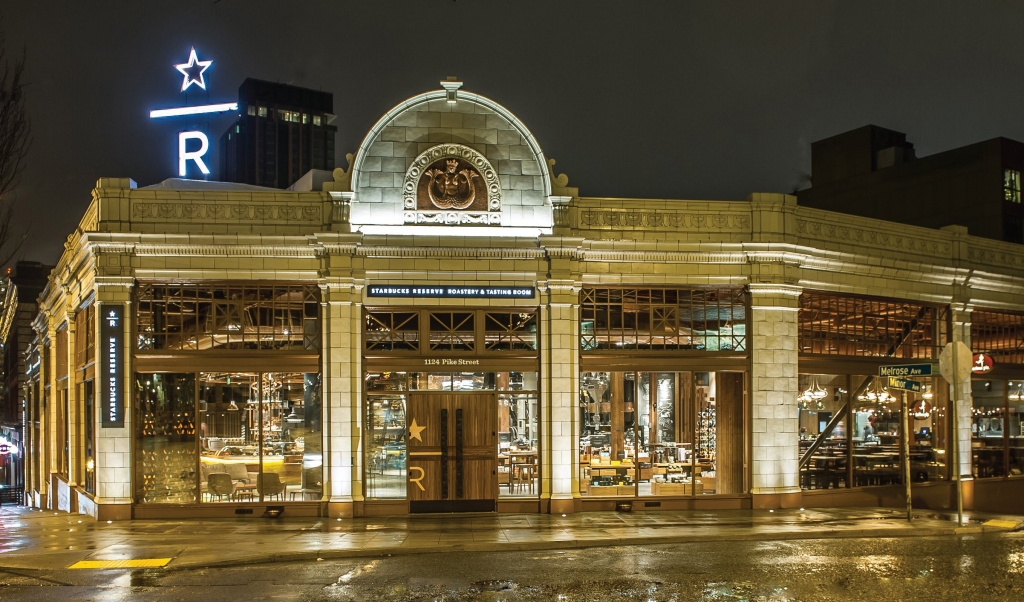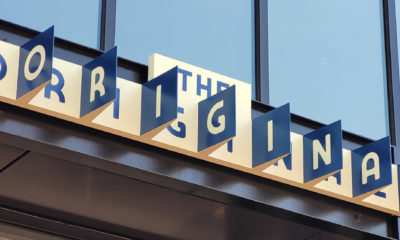“Cities have the capability of providing something for everybody, only because, and only when, they are created by everybody.”
– Jane Jacobs, “The Death and Life of Great American Cities”
Jacobs’ aptly underscores that, if civic leaders don’t author and administer sign codes that create a level playing field for businesses to thrive, commerce – and, by extension, the city’s very fabric – will wither. . Many younger, upwardly mobile professionals now reside in downtown cores, and businesses (and their signs) have followed them. And, in many suburbs, leaders have heeded their residents’ desires for more walkable communities, and created pedestrian-friendly districts replete with a diverse repertoire of enterprises (and, again, more varied signage). In both cases, signs win.
Seattle-based Tube Art Group’s (TAG) roots trace to 1946, when the Emerald City was a relatively sleepy burg yet to be transformed by the 1962 World’s Fair. The Fair served as a catalyst in creating Seattle’s culture of innovation, which helped instigate the ascension of such corporate titans as Microsoft, Starbucks, Boeing and Amazon.
As Seattle’s population – and economic and cultural prominence – grew, so did TAG. Today, the company employs a staff of 175, and maintains operations in Auburn, Tukwila and Bellevue, WA, as well as in Portland, OR. The company has grown alongside Starbucks; Kay Rice, TAG’s design director, said the shop served as the coffee chain’s original sign provider (and continues to work in partnership with Starbuck’s creative team). It also serves numerous local and national-chain Seattle stores.
Overall, Rice said sign codes have remained fairly liberal in Seattle, but some regulations now restrict to a sign’s permissible square footage, as well as the quantity of signs allowed on a property. However, she noted that the city is receptive to code-interpretation challenges.
However, like many large cities, it contains historic or culturally distinctive neighborhoods with significant sign stipulations. Rice said, “Pioneer Square and the International District are two areas that are heavily restricted. The review process usually takes a month or more, and materials, colors, sizes and lighting methods allowed are limited. But, as long the codes and the project’s intent are understood, there are always good solutions.”
Given Seattle’s trend-forward persona, Rice’s observation of the use of improbable substrates, such as bike parts or sunglasses, or recycled materials, such as reclaimed wood and blackened steel, isn’t surprising.
“More firms view these materials as ways to create unique user experiences and give buildings a viewpoint as well as a personality,” she said.
Rice also noted neon signs’ renaissance in both modern and vintage environmental-graphic designs. TAG fabricated two of Seattle’s better-known neon signs, for the Elephant Car Wash and Bardahl Oil’s headquarters, and has integrated neon into several new environmental-graphic projects, such
as the Seattle Children’s Hospital’s Research Institute Neighborhood Visibility Project, which highlights a series of window-mounted neon signs that incorporate messages with inspiring slogans about the facility’s mission – with designs that would also seem appropriate touting a 1950’s-era restaurant or auto-repair shop. The project, which NBBJ’s Seattle office designed, won a well-deserved award in the Society for Experiential Graphic Design’s 2014 Global Design Awards.
In recent years, Rice said TAG has increased its involvement in the interior architectural-graphics market, such as ADA-compliance and wayfinding projects. Rice has noticed a trend that, as the population of such Seattle suburbs as Bellevue and South Lake Union have swelled, mixed-use developments with retail, residential and office components have opened, which has bolstered the company’s wayfinding and environmental-graphic business. She said that such projects require early, thorough collaboration with design firms and architects to develop durable, value-engineered programs. And, although budget is a paramount metric, she noted that their clients embrace innovative material usage and graphic compositions.


 Tip Sheet3 days ago
Tip Sheet3 days ago
 Business Management1 week ago
Business Management1 week ago
 Women in Signs2 weeks ago
Women in Signs2 weeks ago
 Real Deal4 days ago
Real Deal4 days ago
 Editor's Note1 week ago
Editor's Note1 week ago
 Benchmarks12 hours ago
Benchmarks12 hours ago
 Line Time2 weeks ago
Line Time2 weeks ago
 Product Buying + Technology1 week ago
Product Buying + Technology1 week ago
















